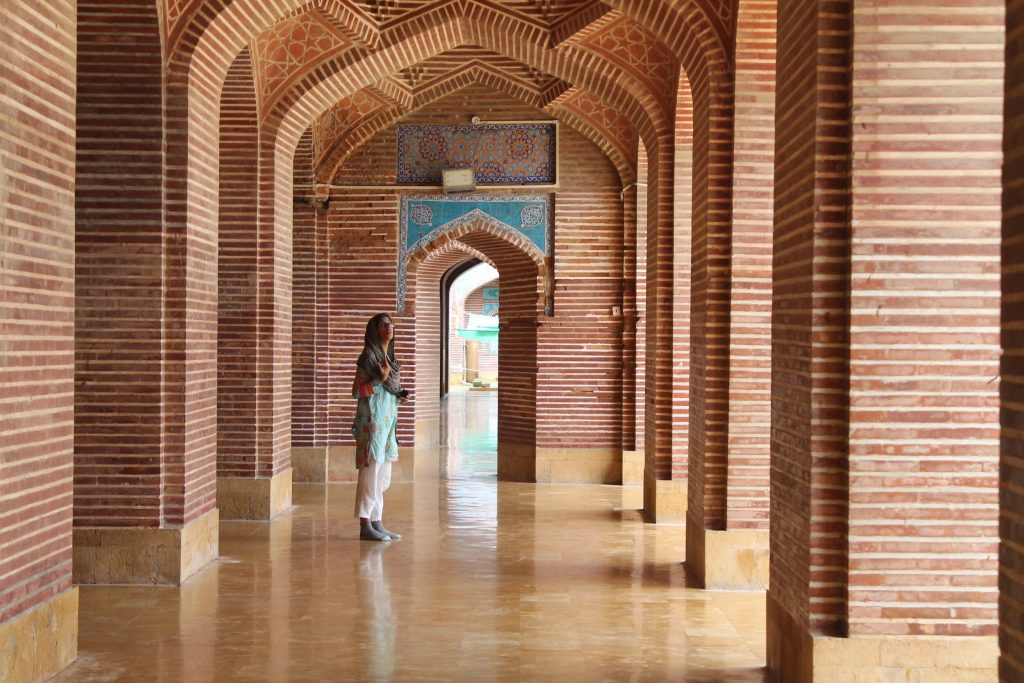Our Research Process

Our experiences growing up in Karachi, and our intimate connection with the stories that the city holds led us to choose Karachi and the province of Sindh as the primary place of research. Our research process involved interviews, field visits, and museums.

Interviews
We conducted formal and informal interviews with individuals from various academic, cultural and creative fields. We gathered stories and asked about why folklore is important to their work.
- Dr. Kaleemullah Lashari, a historian, author and archeologist
- Dr. Asma Ibrahim, an archaeologist and museologist
- Dr. Masooma Shakir, an architect and urban researcher
- Fakir Mohammad Ismail Mirjut, a student of Shah Abdul Latif Bhittai’s kalam
- Attiya Dawood, a poet, writer, feminist, and activist
- Ustad Misri Jogi, a jogi from Umerkot
- Arieb Azhar, a musician
- Suhaee Abro, a dancer and actress

Field Visits
In addition to visiting sites in Karachi, we took trips to sites in interior Sindh to explore folklore indigenous to the region.
- Shrine of Shah Abdul Latif Bhittai in Bhit Shah
- Umerkot Fort in Umerkot
- Jogi community on the outskirts of Umerkot
- Archaeological site of Bhambhore
- Necropolis at Makli

Museums and Archives
To supplement our interviews and familiarize ourselves with what folklore means to Pakistan, we visited:
- Lok Virsa Museum, Islamabad
- Sindh Archives, Karachi
- Mohatta Palace, Karachi
- Bhit Shah Museum, Bhit Shah
- Umerkot Museum, Umerkot
- Bhambhore Museum, Bhambhore